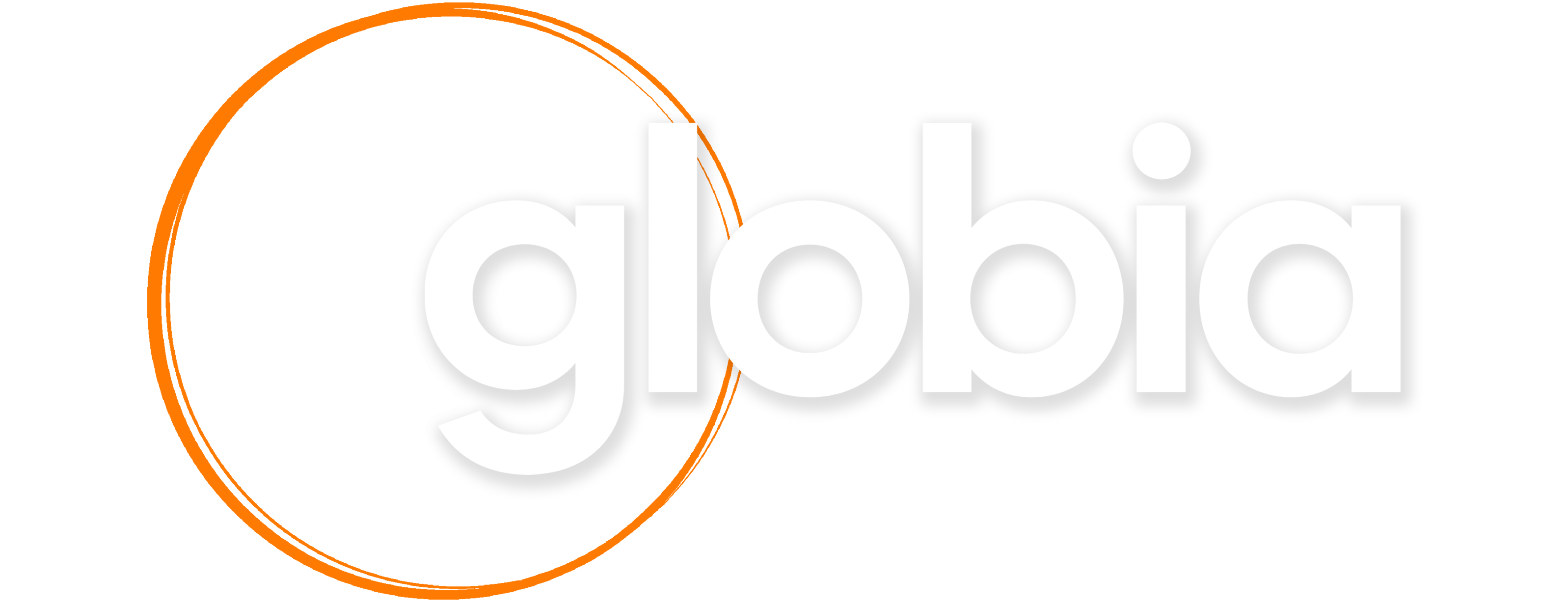If you are a small business owner looking to scale, expanding into other countries will be on your radar sooner or later. Going global is a great way to expand your customer base, increase sales, and make your business less dependent on your home market.
In today’s highly digitalized and globalized world it is easier than ever to sell and order from abroad. Online shop systems and website builders often include features for international orders, and even solopreneur businesses can sell their self-made products around the world on platforms like Etsy.
The great thing about expanding internationally is that you don’t need to develop new products to increase sales, but rather sell your existing products to more markets.
Entering Germany
The German market is one of the strongest in the world and the powerhouse of Europe.
Additionally, Germany has a large population of 83 million with a strong buying power, which means a huge new customer base for you.
Sounds all very tempting, right?
But how do you learn more about the German market to unfold its full potential and maximise sales?
Here are 3 steps to get started:
1: Gather information on your niche and the German business landscape
To attract German customers to your small business, start with thorough research on what your niche market looks like in Germany. This will give you a good overview and help you put everything into perspective.
Gather data, numbers, and reports on your niche in Germany. Look for online resources that compare markets in different geographies such as Statista for example.
Through this research you will answer questions like:
- What revenue your industry is making per year in Germany
- Whether your industry in Germany is growing, stagnating, or decreasing and why
- How your niche has developed over the years and what current trends and outlooks are in Germany
- What challenges do businesses in Germany face in your niche
Additionally, collect data specifically from reliable German sources on your industry and the German business landscape and economy in general. Check out Facts about Germany and deutschland.de for example, which are the result of a cooperation with the German Federal Foreign Office, and surveys about Germany provided by OECD(Organisation for Economic Co-operation and Development).
All this will help you make informed decisions for your marketing and get a feel for the German market and its differences.
2: Research your ideal German customer
Your new German customers will most certainly be different from your domestic ones. They have a different cultural background that affects the way they make their purchasing decisions.
For example, US advertising is usually a bit over the top for the German taste. We prefer neutral facts and detailed feature descriptions to build our own opinion about your product, and we react allergically to feeling pushed into buying.
Another important characteristic of the German market is that its population has been divided for four decades, living in completely different political systems. The effects of that are still visible today in many areas of life: income, political views, values, and much more. So, make sure to keep that in mind for your research, too. For example, the east of Germany is usually more sensitive to pricing and might wait for special offers and discounts before buying.
Create a detailed German avatar of your ideal client: Where do they live, what do they earn, what jobs do they have, what’s their family status, and so on. You may have done this for your home-market client, but the German customer is different enough to warrant doing it specifically for this market. You need to understand why they buy, how they buy, and what their pain points are related to your product.
Having a crystal-clear image of your ideal German customers will help you immensely when it comes to positioning your product, creating the right messaging, and selling to them.
Check out my blog post in which I share 9 resources for learning more about your German customer.
3: Analyse your competition
Taking a close look at your competition in Germany is also crucial to get to know the German market.
Look for businesses online in Germany in your niche and take note:
- What do you like about their online presence?
- What do you not like?
- What images and colors do they use for their branding and visuals?
- How do they write about themselves and their products?
- What sales arguments can you make out?
- Do they focus on different aspects than you would normally do (hello, data privacy!)?
- What payment methods do they offer?
- What do customers say in their reviews?
Also, try to find out what makes you different from your German competition that can make your customers turn to you and not to them. Maybe highlighting the fact that you are not a German brand will create some exclusivity and make your products extra appealing? Think of French fashion and British sophistication, for example.
Checking out the competition is great to get some inspiration and to find your unique angle to approach your German customers.
What’s next for entering Germany?
Expanding into the German market can be a profitable move for small businesses. By gathering information on your niche, analysing your German customers, and checking out your German competition you are already off to an amazing start on your German market adventure.
Ready to dig a little deeper? In my 5-Step Starter Guide to Entering the German Market, I tell you exactly what to do to make your launch into the German market a real success story. Download here.
Mandy Borchardt is a German marketing strategist and translator based in Leipzig, Germany.
Since 2015, she has been helping big and small international companies successfully enter the German market by working side-by-side with them as their German marketing translator and localization expert. Born and raised in Germany, she sees the world through German eyes and knows how to strike a nerve with German audiences through online marketing.
These days, she gives English-native solopreneurs and small biz owners the tools and guidance they need to achieve exactly that, so they can start to grow their businesses beyond the borders of their own country and language.
Check out her blog and Instagram or LinkedIn channel for useful tips, information, and resources on how to adapt your products and marketing to reach your German customers.





